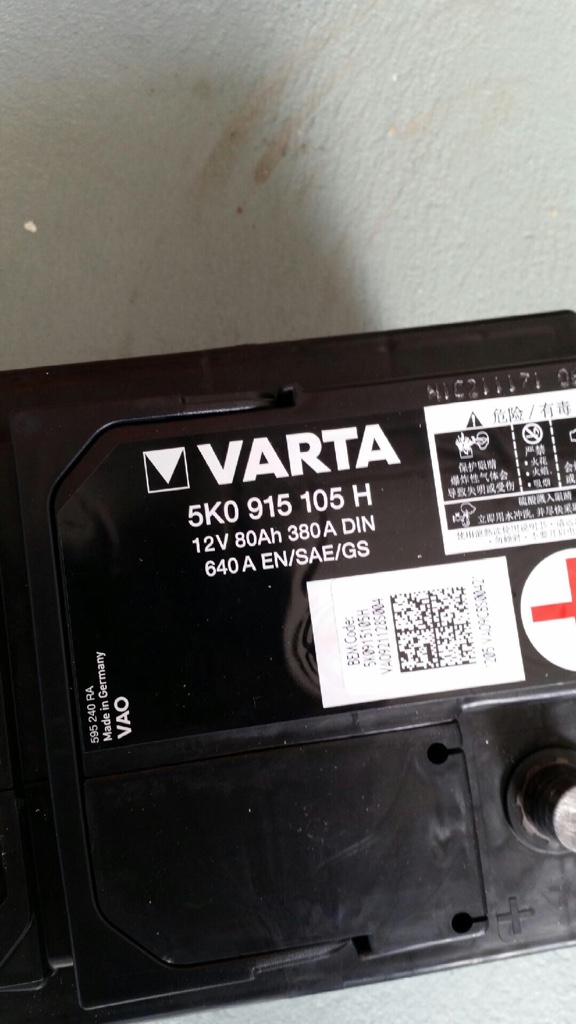SusiBus
2-pedal power Peppa Pig trike
Top Poster
Lifetime VIP Member
We have just been told that the Cali battery is apparently a "gel" type. If the battery is discharged to below 11.5 volts, it will affect the battery's capability to hold a full charge in the future and may need replacing.
We managed to completely flatten our battery on our first trip away in the Cali through prolonged use of the electric door and subsequently suffered a succession of flat batteries. We later learned that if parked up without hook up, it is best to switch the electric door off and just pull it to manually (at least this stops the annoying bleeping noise). This was investigated by VW dealers but the battery was always pronounced as OK when obviously this was not the case because it had to be replaced. The replacement was a Bosch lead acid one which apparently is better than the original VW fit.
We managed to completely flatten our battery on our first trip away in the Cali through prolonged use of the electric door and subsequently suffered a succession of flat batteries. We later learned that if parked up without hook up, it is best to switch the electric door off and just pull it to manually (at least this stops the annoying bleeping noise). This was investigated by VW dealers but the battery was always pronounced as OK when obviously this was not the case because it had to be replaced. The replacement was a Bosch lead acid one which apparently is better than the original VW fit.















